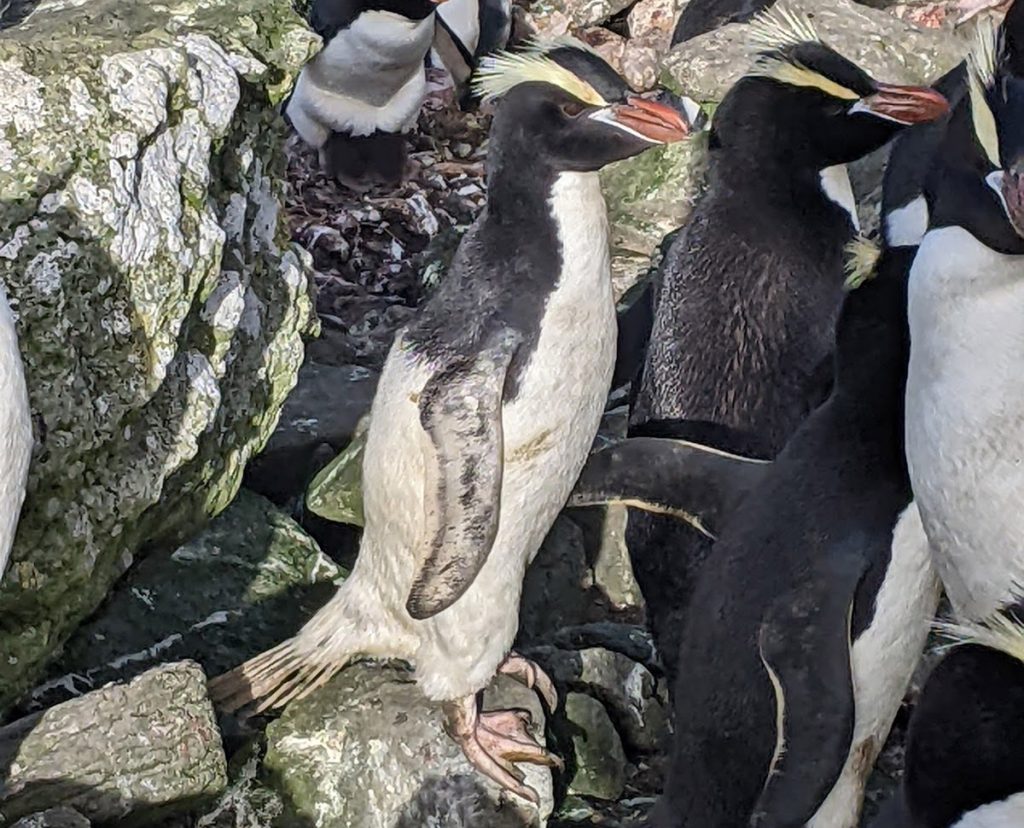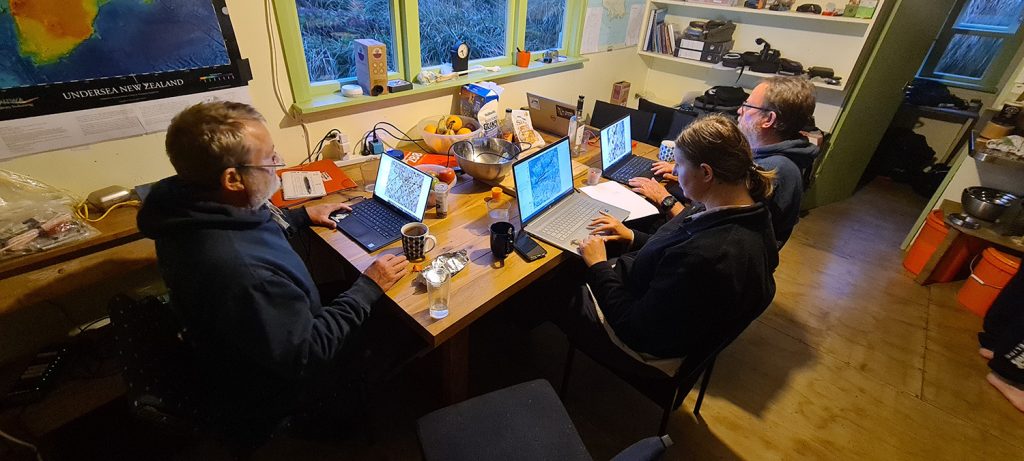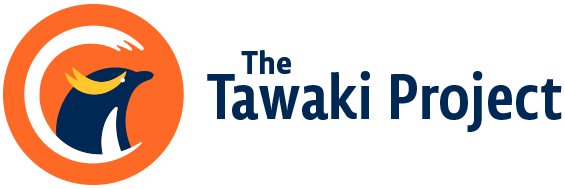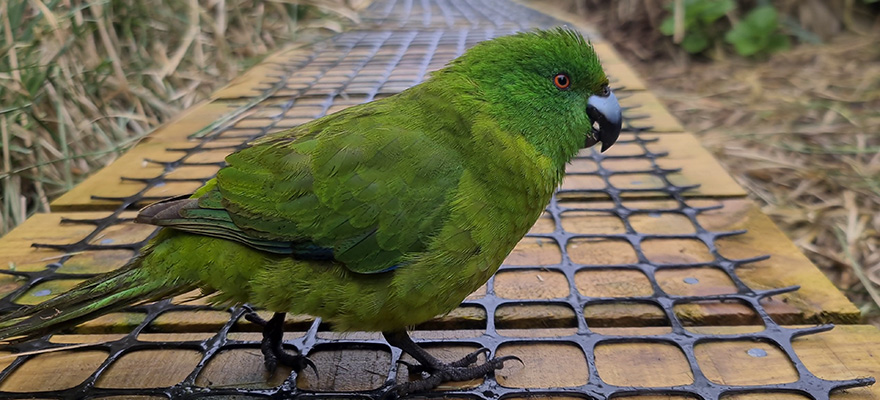Day 13 – Two team business
Finally the mists have lifted. A strong breeze is blowing in the morning, but not too bad for flying the drone. But first a celebratory breakfast for Dave’s birthday. Thomas’s marble cake turns out slightly under cooked but the it is the good will that counts. Probably hoping to scavenge some of the birthday food, a couple of Antipodes parakeets blocked the way to both the toilets and the penguin colony.
In the penguin colony, hatching is underway. About half of the nests in the Anchorage Bay study colony have now small chicks. Which means that we can start our GPS tracking work relatively soon.
Therefore, Jeff and Robin are heading over to the South to see what the working conditions will be for us down there. Hannah and Thomas this time stay behind to take care of the drone surveys around the hut.
Therefore, Jeff and Robin are heading over to the South to see what the working conditions will be for us down there. Hannah and Thomas this time stay behind to take care of the drone surveys around the hut. The reduced southern party leaves at 9.30am and radios the others around 11am informing them that they have reached the summit of Mt Galloway. From here on, only InReach communication will be working. Jeff and Robin reach the south coast around 12.30pm and find penguins reasonably numerous and stretched widely along the coast. Some of the nests have chicks that are about a week old. The two also spot a half-leucistic penguin with a snow-white lower back, as if the bird was dipped in a tub of white paint.

Rain starts to set in soaking the two by the time they decide to walk back in the afternoon. They reach the top of Mt Galloway around 4.30pm where a gale is blowing making it difficult for them to stay on their feet. They are back at the hut by 6pm.
Meanwhile, Thomas and Hannah fly the drone from the hut to survey the penguin colony at Reef Point, just across Hut Cove. The mission is completed without any incident within 15 minutes. They then head over to Anchorage Bay to survey the length of the bay. Using pre-planned missions turns out to be very difficult to fly due to the steep cliffs bordering the penguin colonies. As a result, Thomas decides to fly missions manually which is a less ideal solution as the overlap and coverage of the missions often leave a lot to be desired.
Using a video feed, they discover a small Rockhopper penguin colony wedged into cliff crevasses behind Erect-crested penguin aggregations. Pretty much impossible to survey from above, so some re-thinking of the drone surveys are required here as well. Just before lunchtime, the team makes it across to Stella Bay to fly a brief penguin survey there. After a few manually shot survey photos, Thomas tries to record footage of Light-mantled Sooty albatross breeding in the cliffs above Stella Bay, directed by Klemens and Bianca who both spotted the birds the day before with binoculars.
Locating the nests high above the beach using the drone screen turns out to be rather difficult. Yet another drone problem we need to solve in the next four weeks. Just as the team prepared to head towards Crater Bay after lunch, rain started to set in, bringing the drone aspirations or today to an end.
In the evening, the team assembles around the hut’s table to process Bounty Island data.





